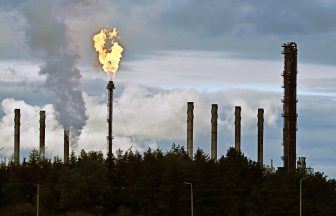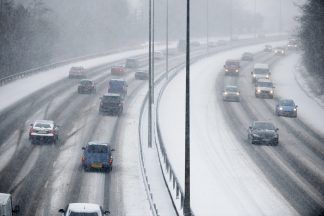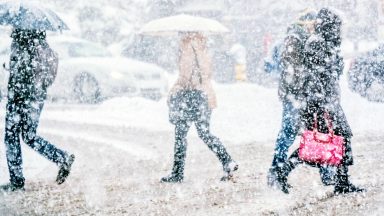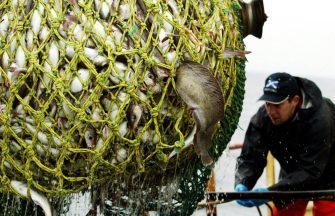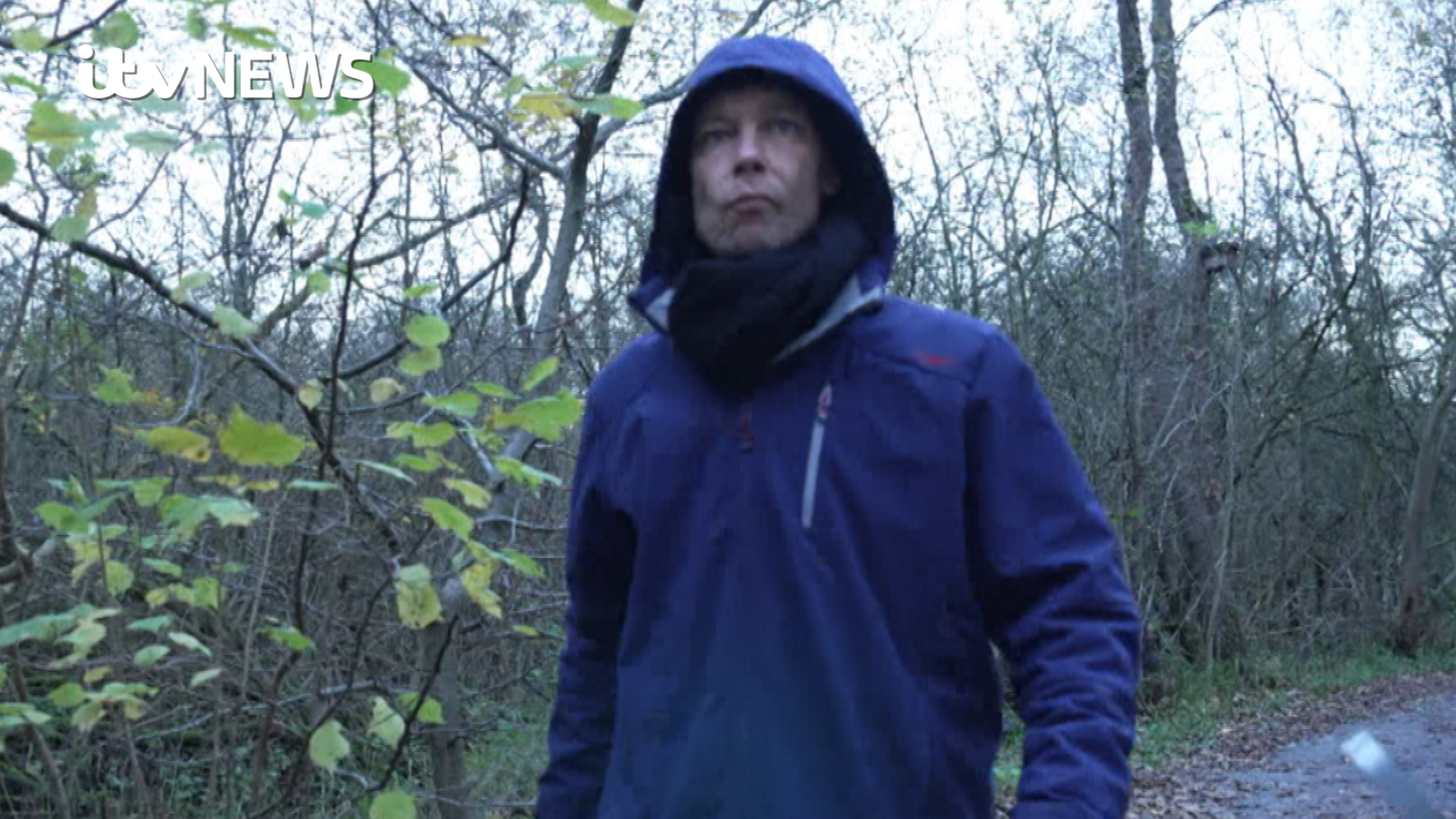The cost of devastation caused by farm fires fell by 63% in Scotland last year despite the whole of the UK marking a five-year high.
NFU Mutual’s annual report revealed damage across the UK totalled £49.1m in 2019, an increase of nearly 6% from 2018’s £46.4m
However in Scotland, the cost of farm fires totalled £2.8m in 2019, down from £7.6m the previous year.
Wales marked the largest rise, increasing 256% from £900,000 to £3.2m.
NFU Mutual said electrical faults accounted for the majority of the fires, followed by wilful fire-raising.
The rural insurer also warned that 2020 is on track to see a higher number of incidents and costs across the UK, in a year that saw farmers “battle unforgiving weather which led to a poor harvest”.
It said initial claims figures from January to July indicate 2020 “could be heading towards a six-year high”.
Despite the large drop in Scotland last year, NFU Mutual warned that farm blazes remain a “significant risk” and has urged farmers to check their fire precautions and have emergency plans in place.
Andy Manson, managing director of NFU Mutual Risk Management Services, said: “Farm fires put the lives of people and livestock at risk as well as having a huge emotional and business impact on farmers and their families.
“The scale of the damage we are seeing shows it’s more important than ever to reduce the risk of a fire.
“Farmers not only have to be mindful of the usual farm hazards such as electrical equipment, combustible material and fuel, but also protect themselves from wilful fire-raising.
“Many farmers are feeling particularly vulnerable this year and with straw in short supply after the poor harvest, more and more are using remote camera systems linked to mobile phones as well as fencing off straw stacks and farm buildings.”
Farm fire prevention checklist
- Get electrical systems and equipment regularly inspected by a competent electrician.
- Don’t overload electrical systems – and avoid using multi gang connectors.
- Ensure there are sufficient fire extinguishers for the size of buildings and that they are inspected regularly to ensure they are in the right location and condition.
- Ensure staff and adult family members know the location of fire extinguishers and how to use them.
- Reduce the risk of wilful fire-raising by fencing off straw stacks and farm buildings.
- Use CCTV cameras on straw stacks and farm buildings, along with warning signs to deter wilful fire-raising.
- Store hay and straw away from equipment that could give off heat, and at least 10m from other buildings.
- Put in place an evacuation plan for staff and livestock.
- Store petrol, diesel and other fuels in secure areas.
- Pre-plan hot works such as welding in clear areas.
- Ensure you have safe, designated smoking areas.
- Ensure you can direct emergency services to the exact location of fire. The what3words app can pinpoint specific 3m x 3m locations.
- Ask your local fire and rescue service to visit to check water supplies and access routes.
If a fire breaks out
- Make sure everyone evacuates the immediate area and remains in a safe location.
- Call the fire service without delay.
- If possible, send someone to the farm entrance to direct the fire and rescue service to the fire.
- Prepare to evacuate livestock, but only if safe to do so should the fire spread.
Follow STV News on WhatsApp
Scan the QR code on your mobile device for all the latest news from around the country




